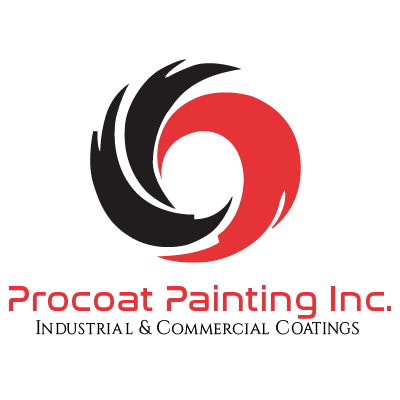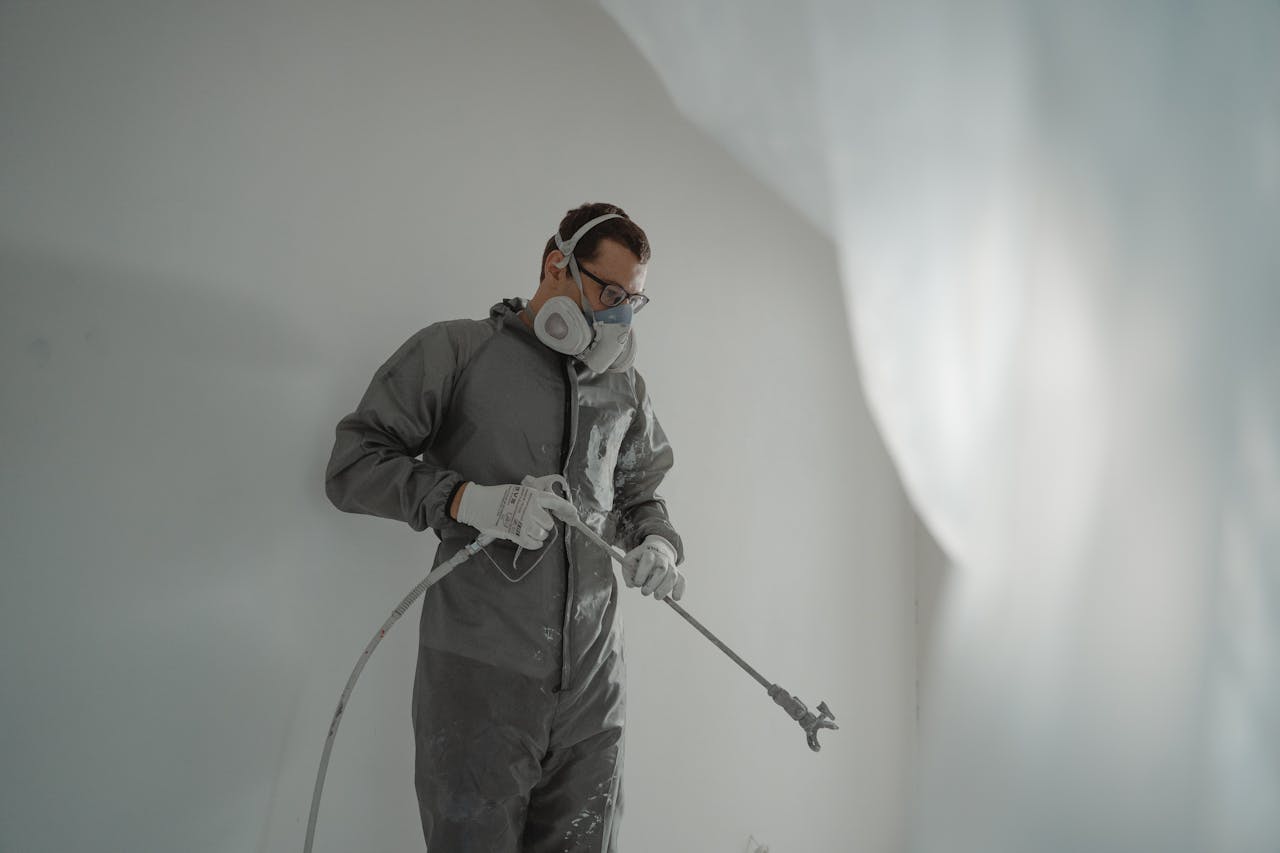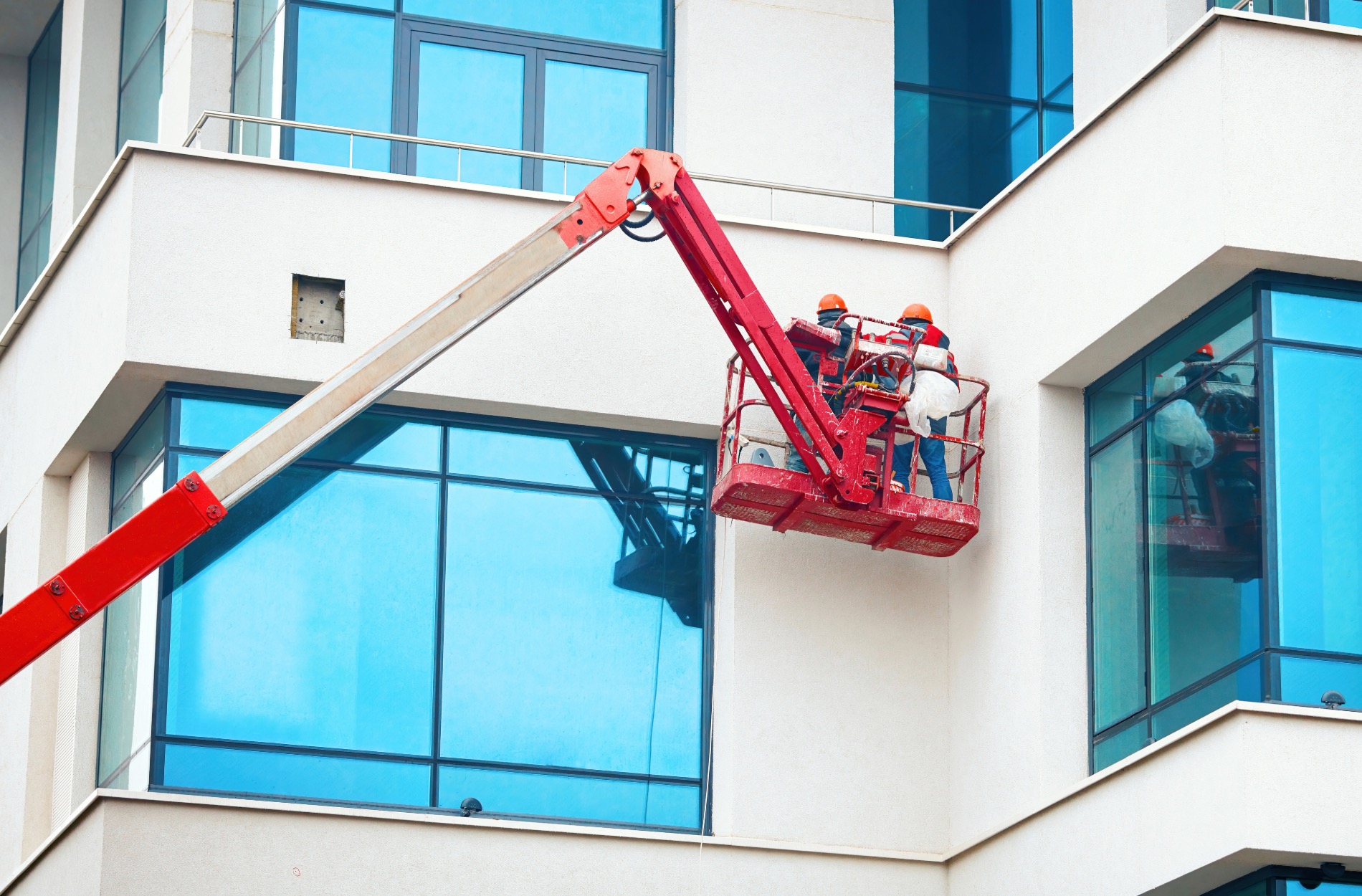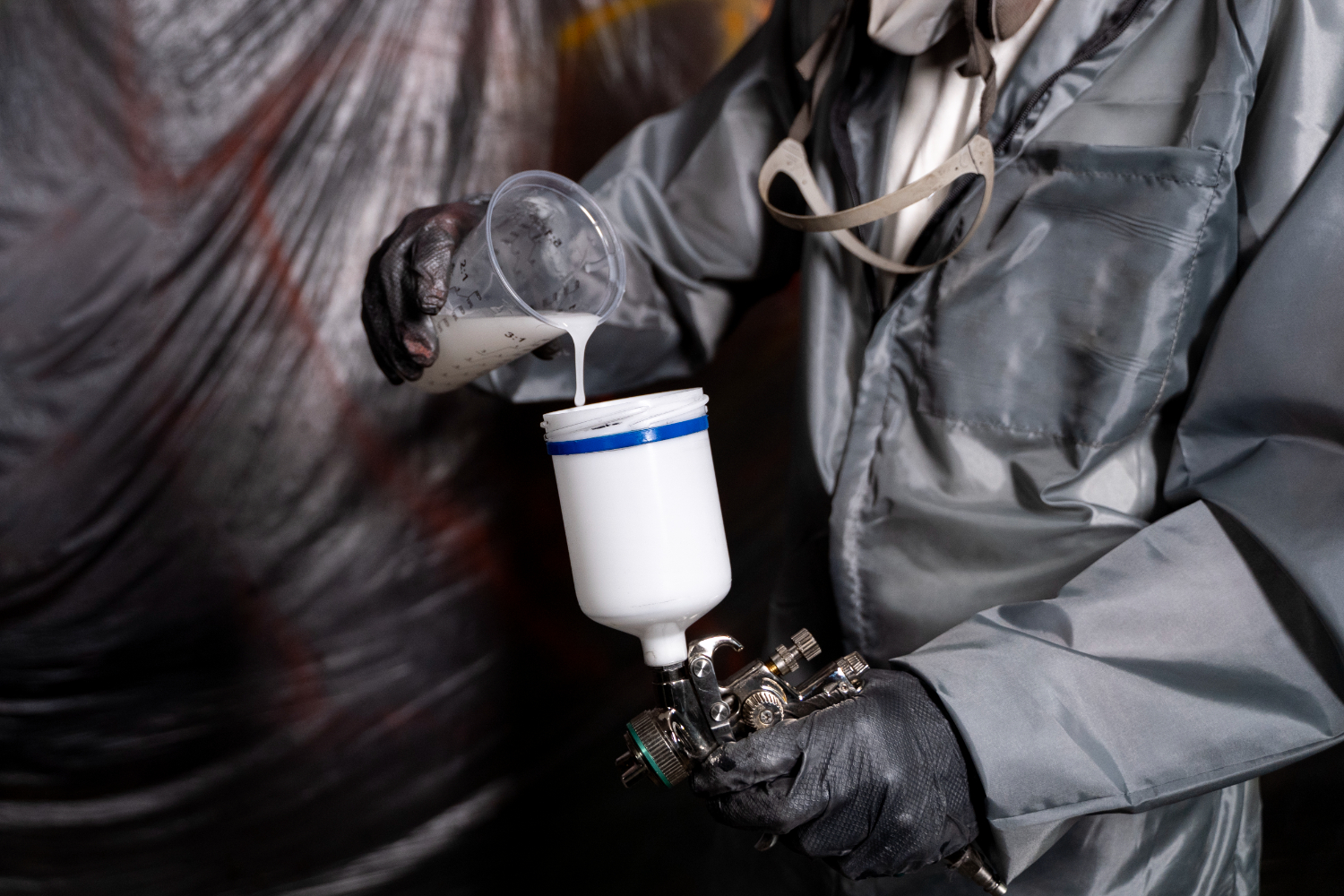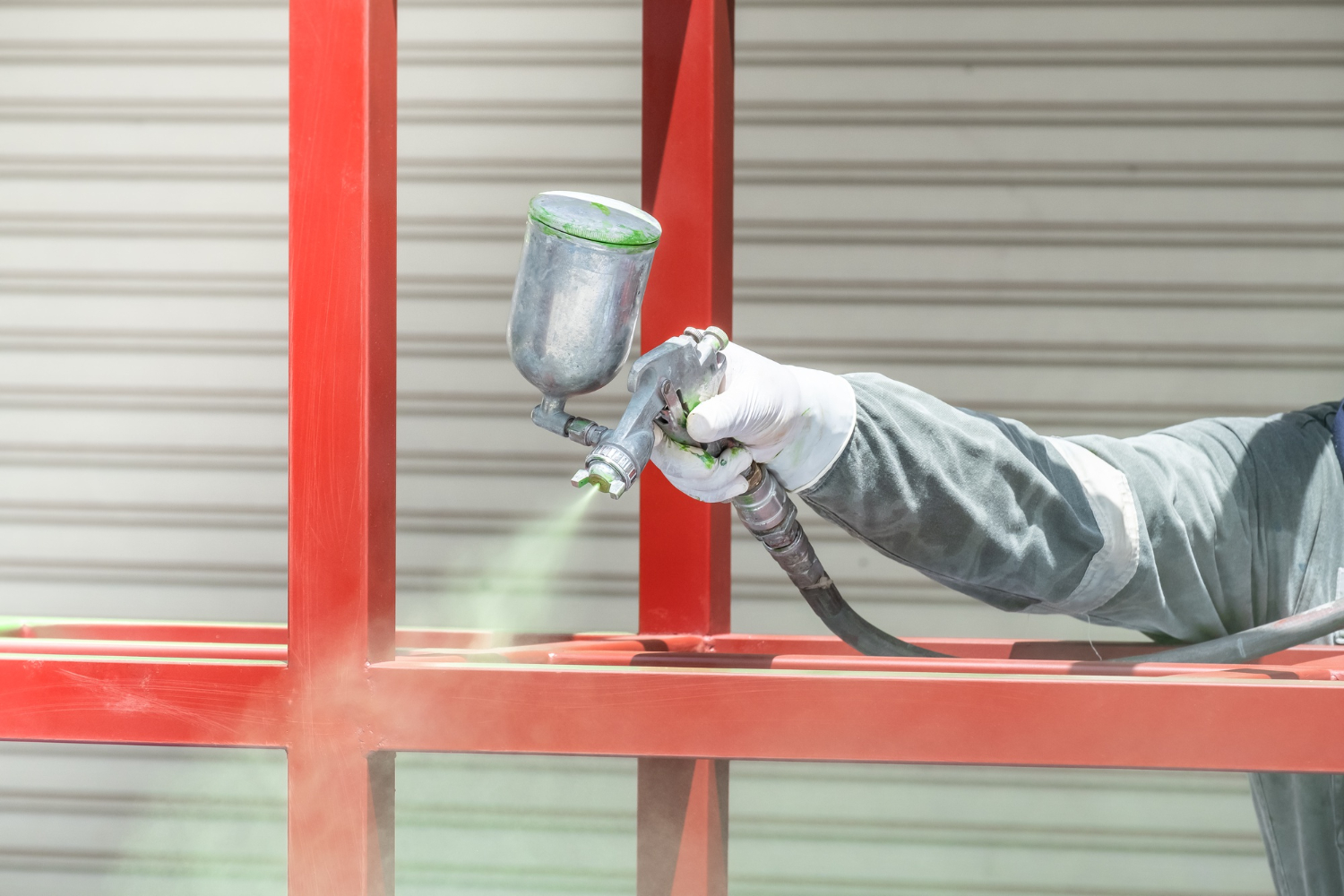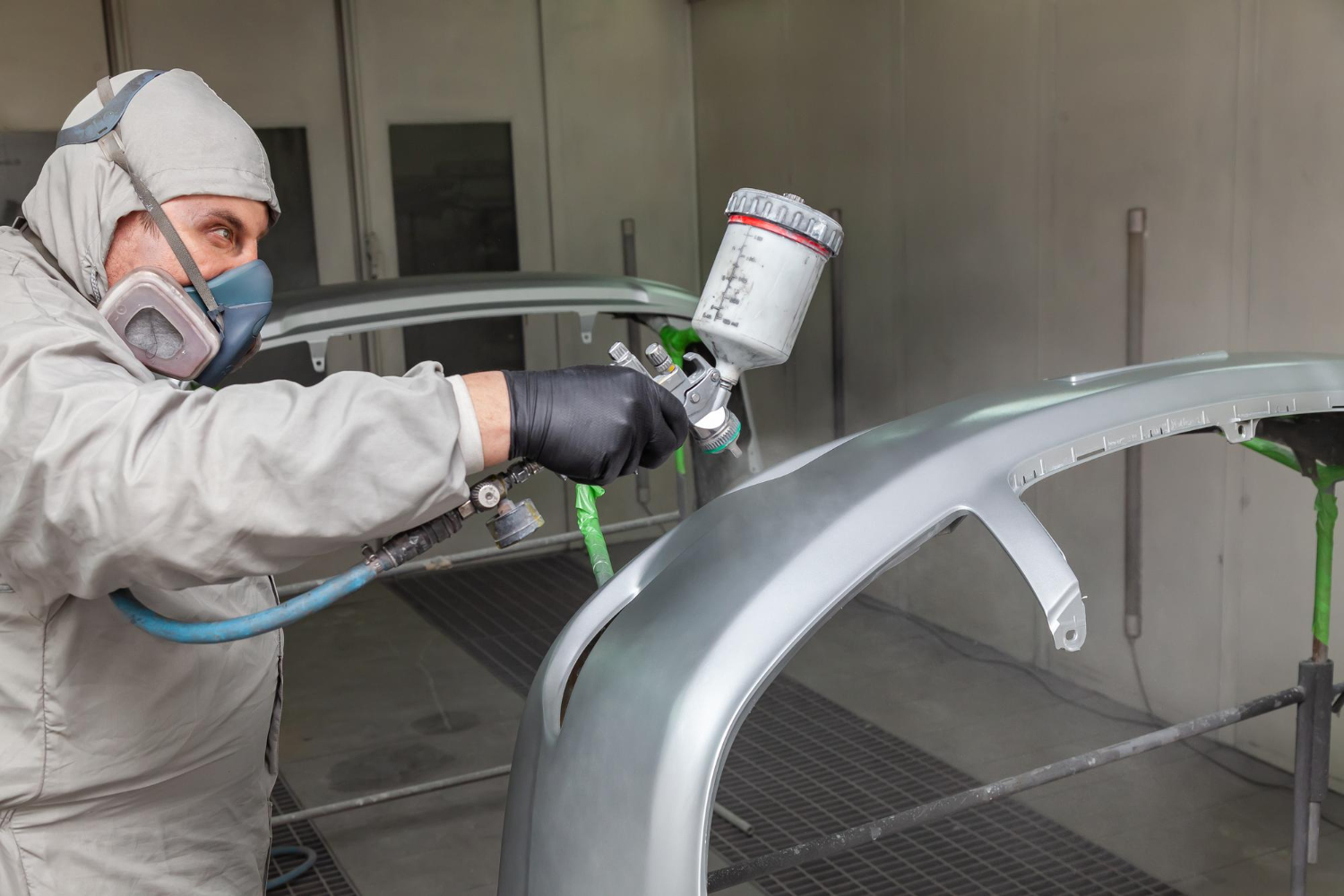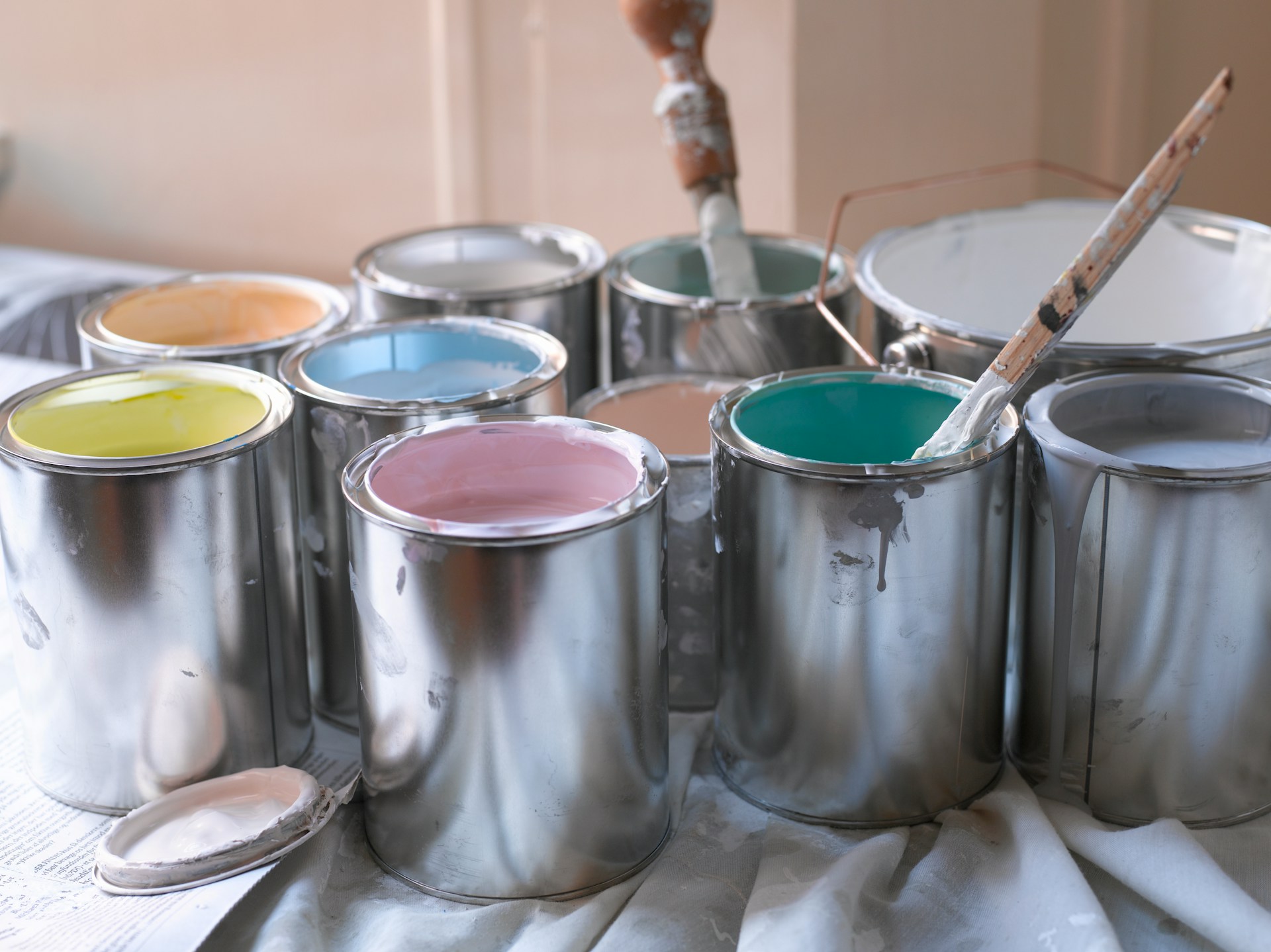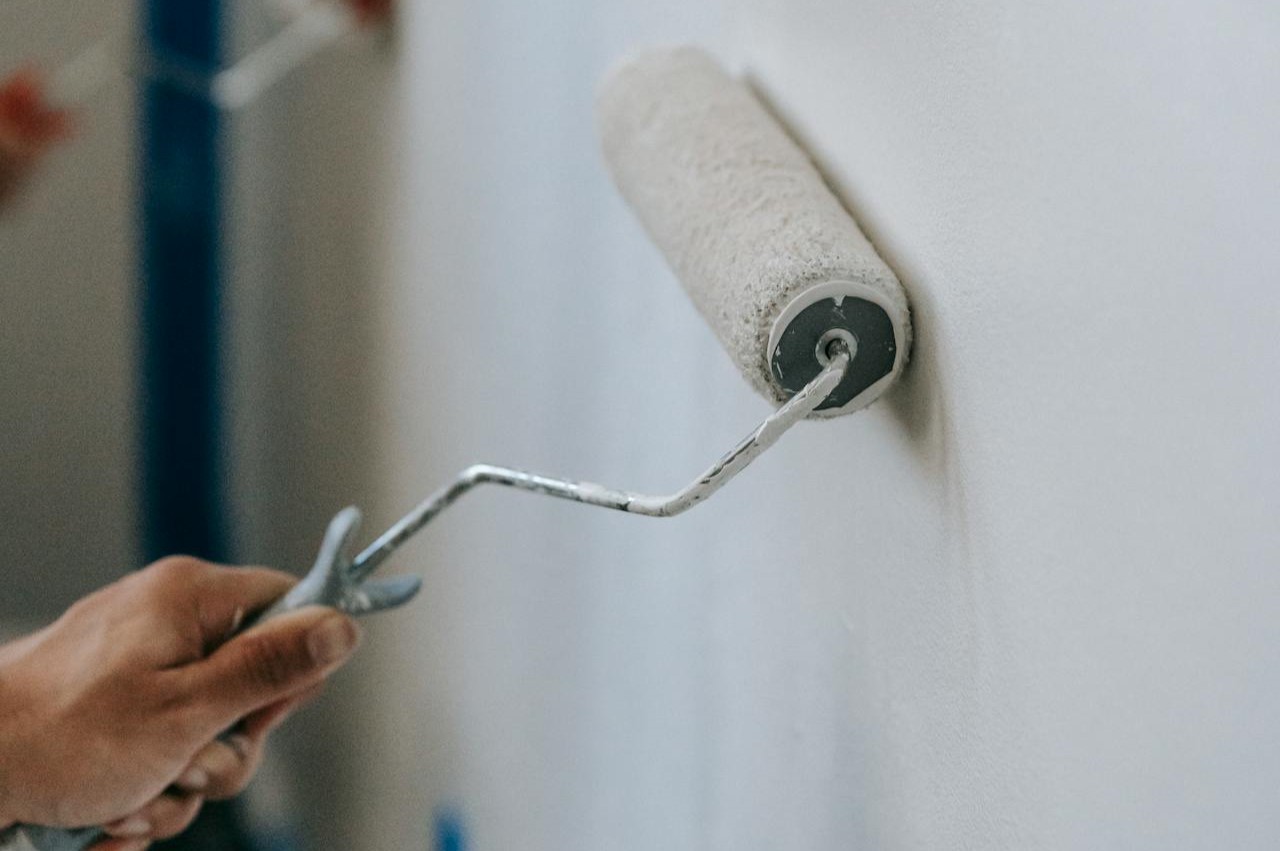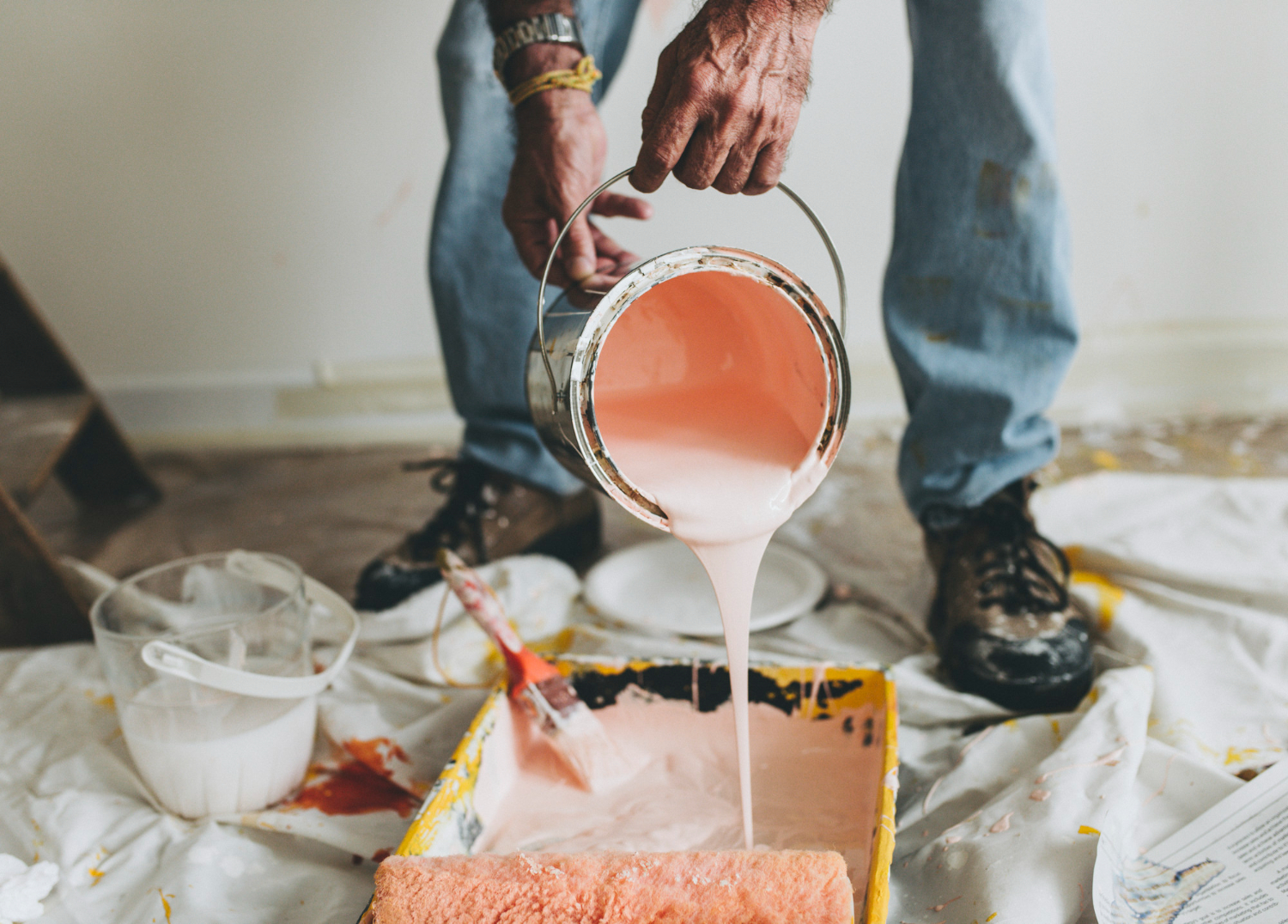Painting outdoor spaces requires making the right paint choices to withstand nature’s elements. From blazing sun to heavy rain, outdoor surfaces face challenges that can fade or damage regular paint. Selecting a paint that offers weather resistance can make all the difference in maintaining the vibrancy and durability of your surfaces.
This guide will help you identify the best weather-resistant paint options for your specific needs, ensuring your outdoor spaces remain beautiful and protected for years.
Understanding Weather-Resistant Paint
Weather-resistant paint lasts longer and protects outdoor surfaces from harsh elements. One key characteristic of these paints is their ability to seal and guard against moisture, which stops water from getting to the surface and causing damage. They often have UV blockers that protect the color from fading under the sun’s strong rays. This unique formulation prevents peeling and cracking, keeping surfaces looking new for longer.
The importance of weather resistance for outdoor surfaces is huge. Outdoor paint needs more than just a good look; it should handle the stress from changing temperatures, wind, rain, and even snow. When painted with weather-resistant options, they are less likely to show wear and tear. This means fewer needs for touch-ups and less frequent repainting, saving both time and money. Durable finishes also help keep buildings looking their best, essential for creating good impressions and maintaining property value.
Choosing the right weather-resistant paint supports the appearance and integrity of structures. Surfaces remain beautiful and strong against the elements with paints designed to endure.
Evaluating Your Environmental Conditions
Understanding the local environment is crucial when picking a weather-resistant paint. Each location faces unique weather patterns that can impact how paint performs over time. For example, areas that experience heavy rainfall need paints that can effectively repel water, while sunny regions benefit from UV-resistant options.
Analyzing weather patterns involves observing your area’s temperature fluctuations, humidity levels, and precipitation rates. Extremes, such as intense heat or freezing temperatures, can be tough on paint. This helps in choosing a paint that will hold up against regular weather and severe conditions.
Selecting paint based on local climate considerations ensures that the chosen product matches the specific needs of your location. In coastal areas, paints with anti-corrosive properties are beneficial to prevent saltwater damage. Dry, desert environments may require paints that resist dry and hot weather cracking.
By carefully evaluating these conditions, you ensure that your paint choice supports the longevity and look of your outdoor spaces, protecting them from whatever nature throws their way.
Exploring Different Types of Weather-Resistant Paints
Choosing the right type of weather-resistant paint is essential in safeguarding your outdoor spaces. Understanding the differences among acrylic, latex, and oil-based paints helps you pick the best type for your needs. Acrylic paints are known for their flexibility and excellent color retention, making them ideal for areas with frequent temperature changes. They resist cracking and offer protection against UV rays, ensuring vibrant colors in sunny environments.
Latex paints are popular for their ease of use and fast drying times. They are water-based, which makes cleanup simple and applications smooth. Latex is suitable for siding, as it is durable and less prone to fading over time. It is also more breathable than other options, reducing the chance of blistering.
Oil-based paints, while less standard for large-scale projects due to longer drying times, provide a tough finish that stands up well to abrasion. This makes them perfect for areas with high traffic or where a strong protective layer against harsh weather conditions is needed.
Understanding the advantages of each type allows you to choose the best paint to protect your specific surfaces, ensuring long-lasting results and minimizing maintenance needs.
Application Tips for Long-Lasting Results
Applying weather-resistant paint correctly is key to achieving a durable finish that lasts through harsh weather. Preparing surfaces thoroughly is the first step to ensure optimal paint adhesion. This includes cleaning away dirt, grease, or old paint and repairing surface imperfections. A smooth, clean surface helps the paint layer adhere better.
Here are some essential tips for applying paint effectively:
1. Use Proper Tools
Quality brushes and rollers can make a big difference. They help apply paint evenly and reach into corners and edges.
2. Follow Product Instructions
Every paint has specific application guidelines. Paying attention to recommended temperatures and drying times ensures the paint cures correctly.
3. Apply Multiple Coats
A single coat may not provide enough protection. Leaving adequate drying time between coats ensures better coverage and durability.
4. Seal Edges and Joints
These areas are prone to moisture and damage. Proper sealing prevents water from seeping under the paint and causing peeling.
Following these application tips helps achieve a robust and appealing finish that will withstand challenges for years, making your investment worthwhile.
Conclusion
Thoughtful surface preparation and choosing the right paint type are foundational for achieving outstanding paint results. Weather-resistant options protect surfaces and look great when dealing with intense sunlight or heavy rain. Understanding the environmental needs and proper application techniques further ensures that the paint job maintains its durability and aesthetic appeal over time. By considering these factors, you can significantly minimize maintenance costs while prolonging the beauty of your exterior surfaces.
For anyone looking to protect their business’s exterior with expert painting services, Procoat Painting Inc. is here to help. We specialize in selecting and applying weather-resistant paints to suit your unique needs. Our commercial exterior painting team is committed to providing high-quality finishes that will endure and impress. Contact us today to learn how we can enhance your property with a durable and beautiful paint job.
